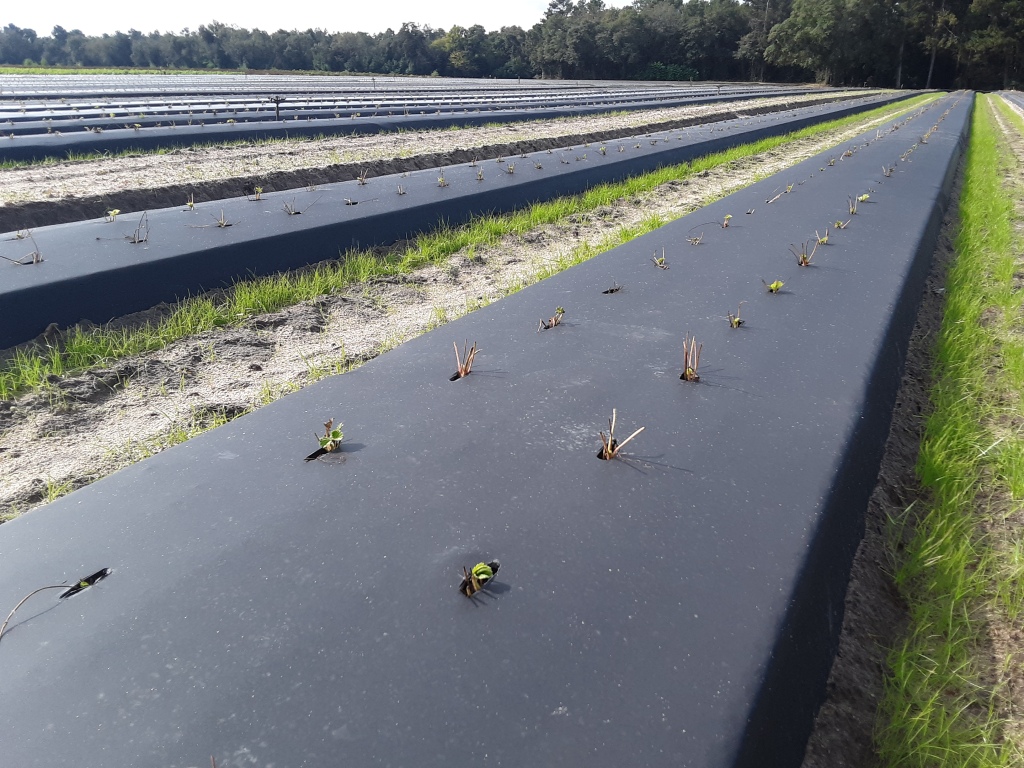Clemson Extension agents provide updates in the The South Carolina Grower this week about the status of various crops being produced throughout the state.
Coastal Region
Zack Snipes reports, “We had a nice week of weather last week and are getting some rain this morning (10/25). Strawberry plants are arriving, and growers will be busy putting in plants this week. I’ve gotten several calls about doing plant dips to prevent disease for the upcoming season. Most growers are using Zivion but it has been somewhat hard to come by so others are using Switch. We are dipping plants so crown rot diseases don’t wipe out our crop. Speaking of wiping out our crop…DEER. Get your fences up now BEFORE you plant. We see black rot on brassicas every season but it seems particularly bad this season. Cultural practices such as crop rotation, using clean seed and transplants, and spacing plants out can help with the disease. There are no products that will help with this disease. We had a great fall watermelon crop that will be wrapping up here shortly.


Midlands
Justin Ballew reports, “We finally got our strawberry transplants in, and most are now in the ground. We still have a few to finish up and we should be done this week. Even though it is cooling off this week, don’t forget to overhead water newly-planted transplants for the first several days. Drip irrigation is often not enough in our sandy soil while the plants are trying to get established. Now is also a good time to go back through the field and check for plants that settled too much after transplanting. Gently pull them up to the correct depth and refirm the soil around them. If you are in an area with deer pressure, now is the time to put up deer fencing. Don’t wait until feeding has already begun or it will be even harder to keep the deer out of the field.”

Upstate
Andy Rollins reports, “We are still in the process of planting our 2022 strawberry crop. Growers are looking closely for root diseases of plants as well as leaf diseases. Many are concerned about the new disease Neopestalotiopsis (see this article). Growers need to be careful with cutoffs and bare-root planting. J rooting is a common problem. The L-shaped planting tool should be used to hold tips of roots, push plants to the proper depth, hold the crown above ground with the other hand, and push down. This last step was commonly being neglected on several farms. Roots should be straightened or cut off in the last step. We had a case of herbicide damage on turnips. Sulfentrazone (Spartan) is believed to be the culprit. This product builds in the soil, especially when used multiple years in a row. So, please be careful not to cause your own problem.”











